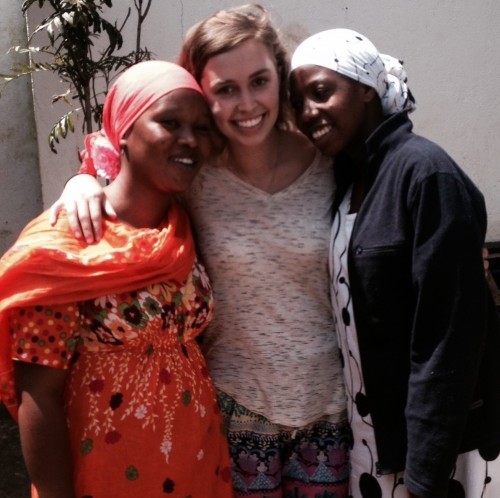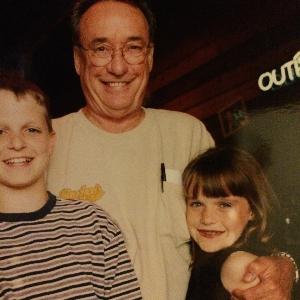They say it’s not the name, but what is associated with the name that stands out. When I hear the name Brett Hagler, Founder and CEO of New Story Charity, the words grit, determination, hustle, willpower, generous, and purpose-driven ring loud and clear. For the past year and a half, I have followed Brett’s journey from being admitted into Y Combinator Accelerator Program to where he is today. Brett is the quintessential entrepreneur who has carved his own unique path, a path I aspire to emulate in my own career.
Founding Story
New Story was founded in 2014 after Brett returned from Haiti on a mission trip from his revived Christian faith. Brett saw the aftermath of the devastating earthquake that uprooted homes and communities, which sank the country into a deeper hole of poverty.
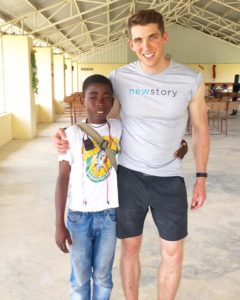
While Brett was shaken by what he saw, his curiosity led him to ask, “With the millions of dollars being donated to charity, how come people are still homeless? Why aren’t homes being built to help them?”
As the quote goes, “in every crisis there’s an opportunity” and immediately Brett formed an idea to fix the problems he saw. First, Brett wanted to solve the problem of homelessness for these environments shaken by mother nature. Second, he wanted to do so with full transparency so people donating could see exactly how their money was being used.
Before long, New Story Charity was formed. And today, they have built 640 homes in 2 years, 6 communities, all in 3 different countries.
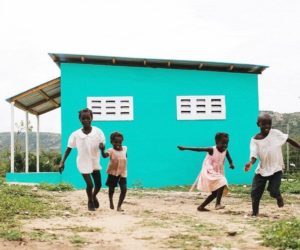
Their traction begs the question, how did they do It?
From the outside, one would think Y Combinator was the spark that lifted them into the entrepreneurial heavens, but it is what they did in the dark that brought them into the light. When asking Brett about what they did before their acceptance, you could tell his determination to make New Story Charity work while disregarding the potential costs.
In Paul Graham’s famous article, New Story Charity took the approach to do things that don’t scale.
For the first people who made donations, they sent them videos from the New Story team thanking them for their contribution. Brett talked about treating the first 100 users with extreme care to make them love you and love your product. Brett was the guy messaging every single one of his Facebook friends and asking them to donate so they could reach their weekly donation goals. Brett and his team were also extremely adamant about setting quantifiable and tangible goals that were attainable. In the early days, they set weekly goals of raising between $1,000 to $2,000.
New Charity worked with a local construction team that had already built hundreds of homes that we wanted our homes to mimic. The charity received the line item costs that went into building the homes, reached an agreement with the company that all homes would be a flat $6k (despite small local price variations), and then helped to hold each other accountable for funding and building.

Other tech companies should take note of that New Story Charity built their first site on the least tech possible. Brett spoke about how they had a “fake” crowdfunding page, so when people donated money, their admins on the backend of the site would manually have to go in and update the total.
Y Combinator did not even know it was fake until they arrived in San Francisco.
This “Fake it until you make it approach/style” has continued on today. In 2015 New Story Charity did a PR Stunt opening up Nasdaq.
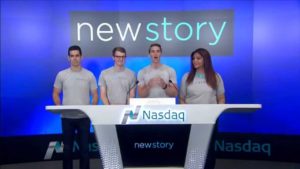 When asking Brett on the phone about this, he mentioned how New Story has nothing to do with Nasdaq, but it was about associating their brand with another brand. The stunt worked effectively as people still ask him about this story today.
When asking Brett on the phone about this, he mentioned how New Story has nothing to do with Nasdaq, but it was about associating their brand with another brand. The stunt worked effectively as people still ask him about this story today.
Last but not least, Brett spoke of the time his team set a goal to fund 100 homes in 100 days. When they started, they had no idea or plan of how they would achieve this goal. Not only did they reach their goal, but they did it 9 days ahead of schedule. Ultimately, what has allowed for New Story’s success is Brett’s vision and his relentless nature to be great and impact lives around him.
But apparently this is just the beginning …
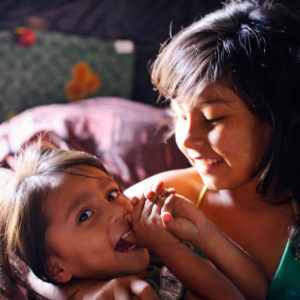
Visions Evolve, but Frameworks don’t
When asking Brett about how his vision has changed, he said “I began to realize we weren’t just building houses. We were building communities.” When New Story Charity first started, the goal was to just build one house at a time, but as that vision became easier to achieve, his focus and realm of possibility expanded. So much so that his vision is to build 10,000 communities in 10 years. Yes, the vision has evolved, but Brett has maintained that the framework stays the same … Meaning the principles which helped them stay successful in the beginning are rooted in their foundation.
Friendly Human Video: (New Story)
https://vimeo.com/175388662
New Story Charity’s Opportunistic Philosophy on Social Media
One of the best takeaways when speaking with Brett was his candid response about how his team uses social media. The New Story Team shares the philosophy of sharing 90% opportunity and 10% reality. When I asked Brett to explain what this meant, he replied “The reality can depressing, but why show that reality when there is so much opportunity to make a worldwide difference.” And this all goes back to the New Story Brand — from Day 1 they have embodied a brand that gives a sense of hope for others in need and they are proudly serving that mission every day.
Reality
|
Opportunity
|
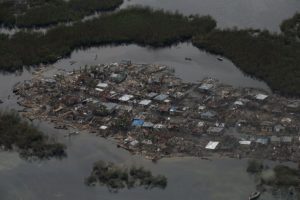 |
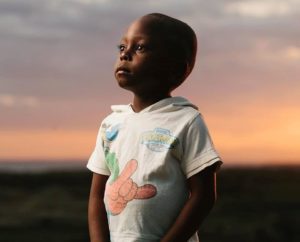 |
Donor Transparency & How New Story Funds themselves
Brett started out because of the problem he saw in Haiti: the lack of transparency with non-profits receiving millions of dollars but not disclosing where the money was going. New Story Charity’s promise is that for every dollar donated to their charity, it goes directly to funding a house. They send the donor a video of exactly what they are funding and supporting.
As it goes for the team, Brett has established incredible relationships with whom he calls the “Builders” who fund the internal team who believe in the mission. They have so much faith in New Story’s success that the team has roughly 3 years of burn rate (meaning they technically have enough money to fund their operation until 2020)!
Building a Great Team and Establishing Credibility
Brett mentioned the most rewarding aspect of his job is waking up with amazing team members who he gets to stand shoulder to shoulder with everyday. Team members who are smarter than he is who share a common vision to create positive change in the world.
The pursuit of their team has also allowed them to attract the right people to help their brand gain traction.
Brett shared how leveraging credible names and organizations behind his vision has heavily attributed to New Story’s success. For example, when you go on the New Story’s site, you can see advisors whom they associate with that are extremely well known, such as David Butler and Brad Feld. Brett said that as a startup, no one knows about you, or your product, and the more you can align with other organizations to get your name out there, the better.
It only seems with New Story’s growth, the people they have behind them, and their vision, that they are only going to continue attract great people and make the world a better place one community at a time.
Brett’s Speaking Preview
https://www.youtube.com/watch?v=sVl3x4xsjxE
Brett’s Parting Words | Advice to Entrepreneurs
- Choices: They are everything … no one thinks it’s possible, but you have to believe.
- Extreme Ownership: As an entrepreneur you have to take extreme ownership in what you are doing to be successful.
- On Being Unqualified: People will tell you that you are young and unqualified … but you have to ignore those people.
- On Conventional Wisdom: It does not make sense to take such a big risk. But, the risk truly might be not pursuing your dream. That is a death in itself.
- There are no prerequisites to build a successful startup except hustle.
“In Order to Gain You Life, You have to give up your life”
-Brett Hagler
You can email Brett at brett@newstorycharity.org
Follow New Story Charity on FB: https://www.facebook.com/newstorycharity/
Follow New Story Charity on IG: https://www.instagram.com/newstorycharity/








